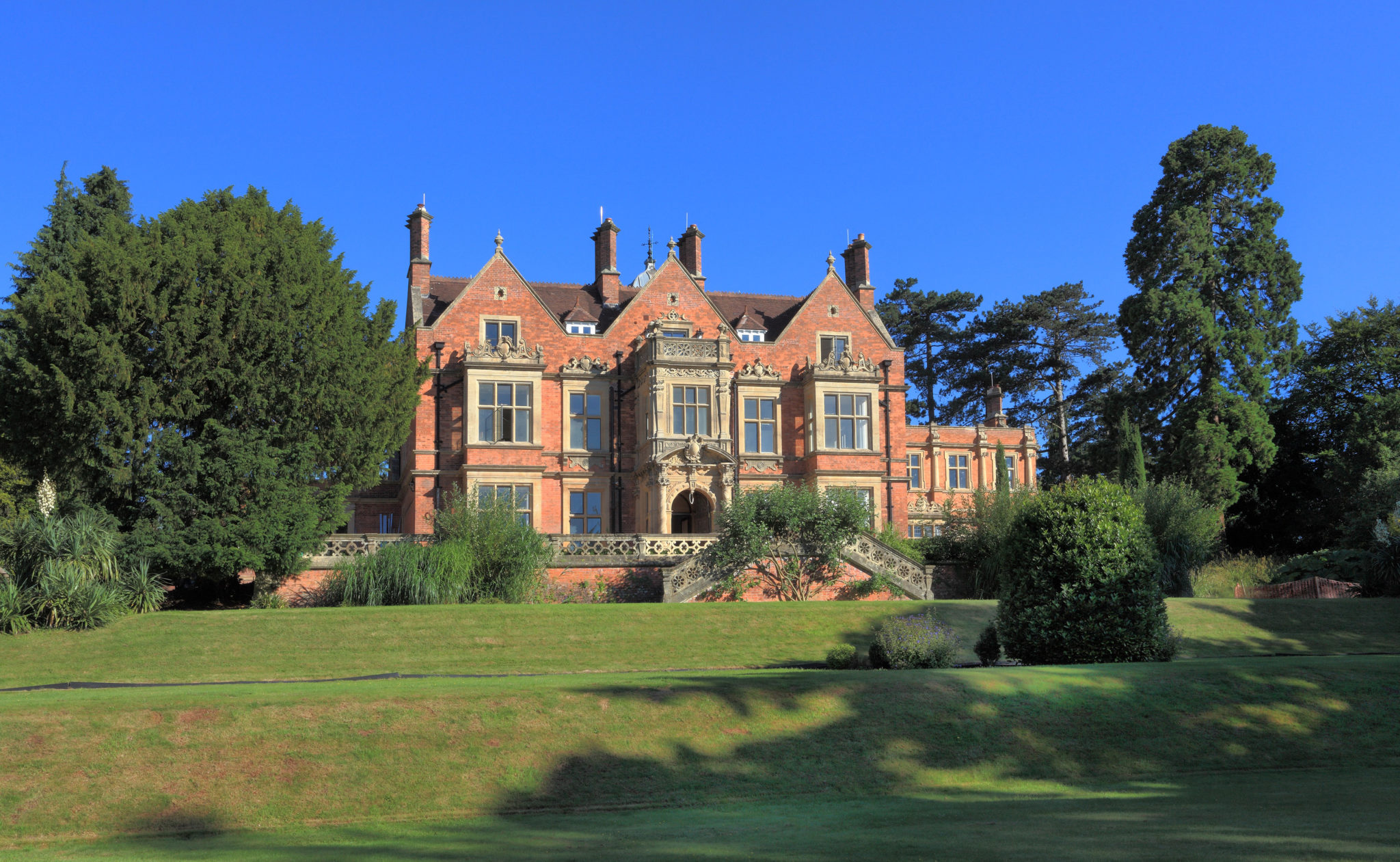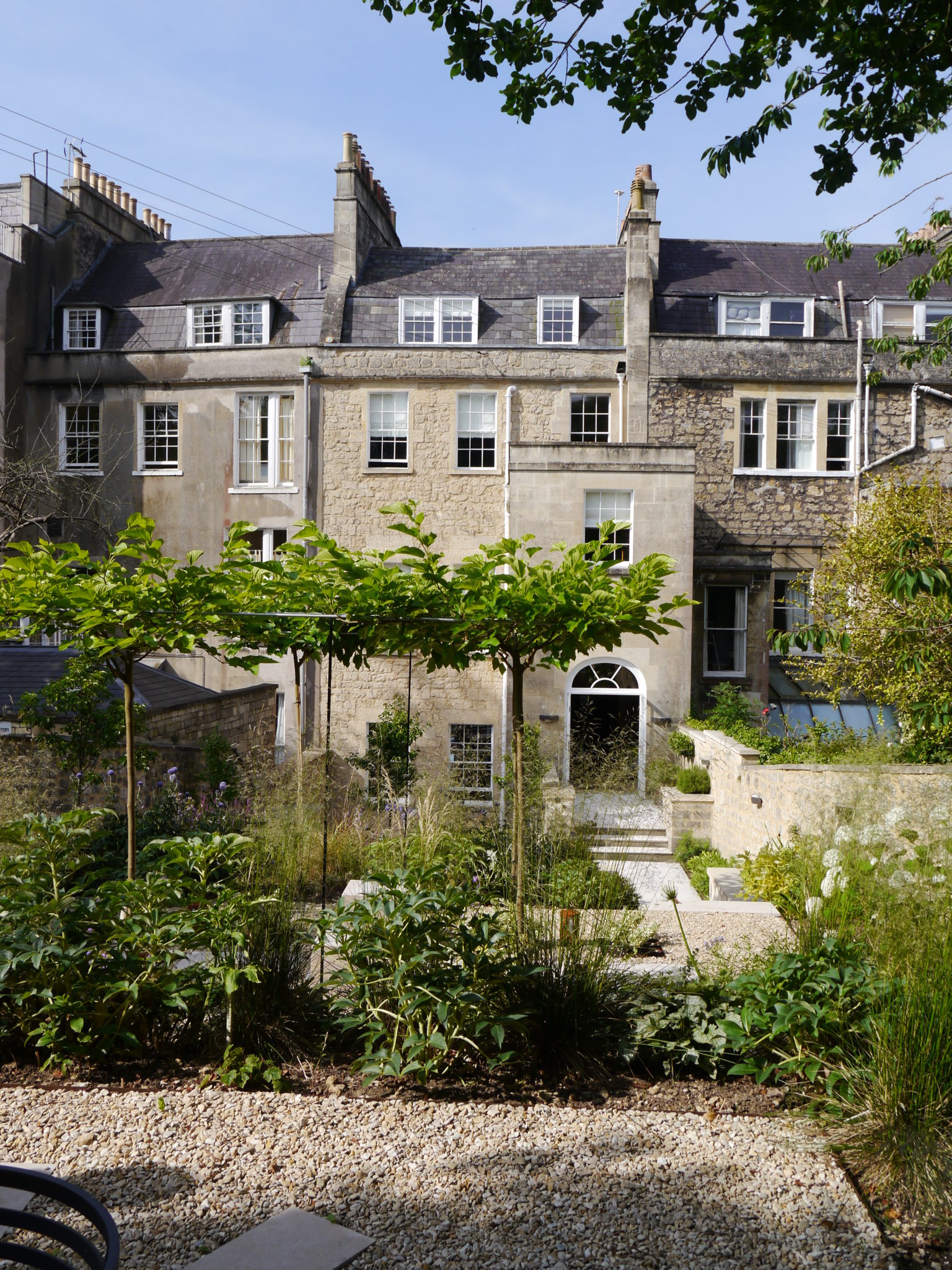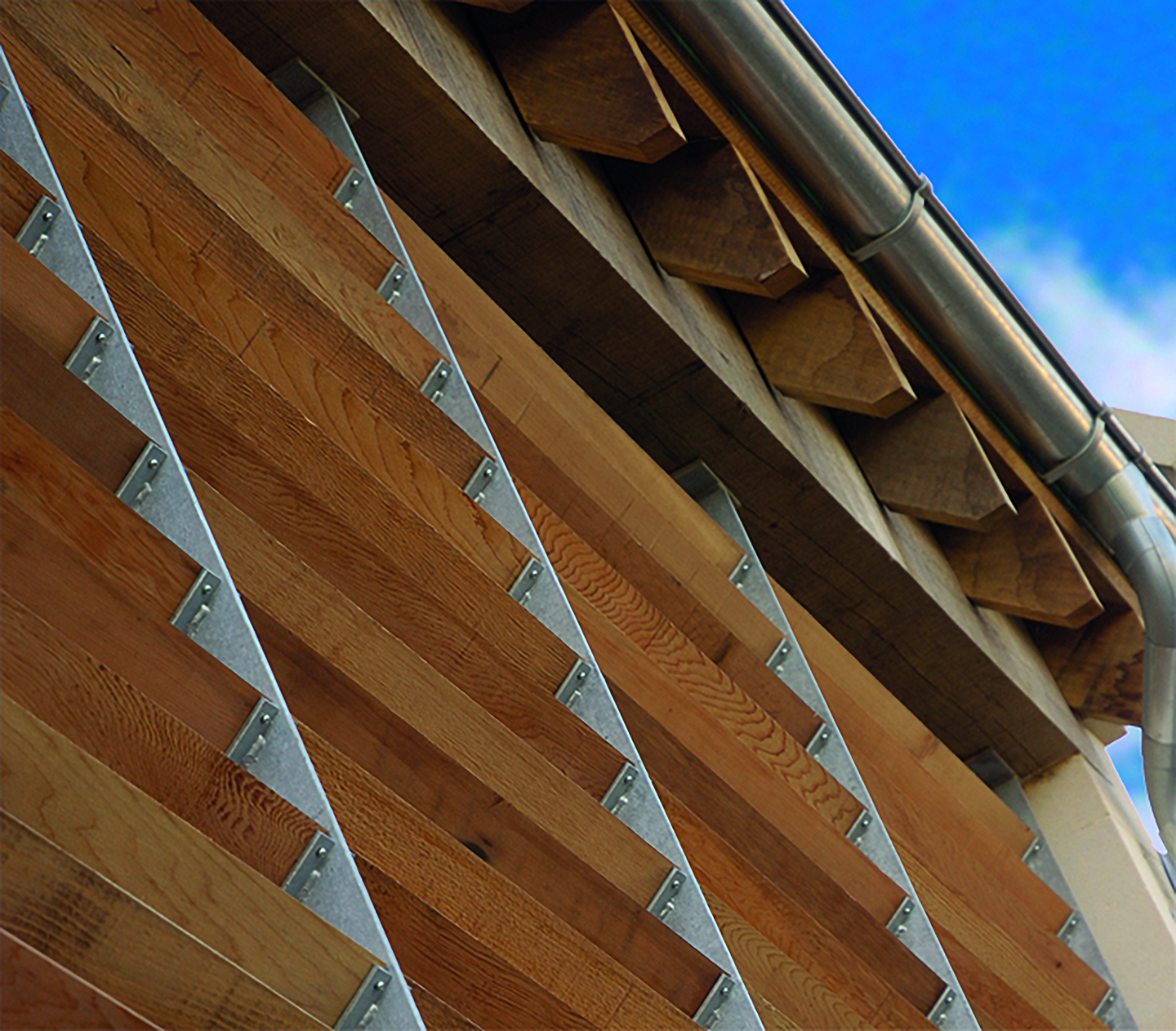
24 Jul In Conversation with Nash Partnership
Nash Partnership are a creative team of architects and planners with a passion for the conservation of heritage buildings including many Georgian properties in Bath and Bristol. If you’re looking into Georgian property development, then their in-depth knowledge and expertise means they offer an extensive range of services that covers everything from the evaluation and assessment of historic buildings, managing the planning processes to design and implementation of heritage works. They’ve managed projects that include numerous Georgian property developments as well as historic buildings like seaside piers and museums.
Etons of Bath’s Creative Director, Sarah Latham talks to Kevin Balch, project design director at Nash Partnership to find out about the design process with Georgian property development and how to conserve the period elements.

Kevin Balch
What do you most admire about Georgian architecture and why?
You can’t beat the beautiful high ceilings and generous floor plans which offer great flexibility, together with rooms flooded with daylight courtesy of the large sash windows in the principle rooms. I love the fact that although there was an overarching city plan, each building is slightly different. Whether this was a result of individual craftsmen or the architect, there is something very appealing about this.
How do you manage to successfully integrate modern design within the traditional setting of Bath?
There are a number of factors here; Listed Building protection deals with both the setting of the building and the building elements, so the first stage for us is to evaluate what is of heritage value. Only when you understand what is really important (and why) can you set about thinking what interventions might be appropriate. This is often a voyage of discovery for the design team and the client, and most buildings undergo a process of discovery where it’s important to be open and flexible to responding to what is found.

How do you incorporate sustainability into your projects on Georgian buildings?
Vernacular buildings typically evolved over time by trial and error to suit the climate they were in. So, in an age where anything goes, it’s important to remember the basics and work with the building rather than against it. As an alternative to concrete, limecrete floor slabs don’t require plastic membranes and allow the building to naturally breathe and tolerate moisture vapour whilst improving insulation. Reducing draughts, insulating where you can and utilising window shutters all need to be considered in the first instance. We have recently been evaluating thin pane double glazing with a vacuum instead of a gas-filled cavity; it’s difficult to obtain and is still super expensive, but this will change over time. We recently installed some thin double glazing units fitted with crown glass that can retain the look of traditional glass with modern insulation values.

How do you deal with the constraints of listed buildings when a client wants to include modern technology and materials?
The easiest way to look at this is to ask yourself two simple questions: is what we are proposing reversible and does it avoid the loss of historic fabric? If the answers are yes, you are on the first rung of the ladder to obtaining listed building approval. If no, then some careful justification is required. Some clever materials are starting to appear; graphene paint is one – it is very flexible and breathable, and some say better than limewash! Another neat trick is using traditional materials or techniques in an innovative or contemporary fashion, but in all cases, you need to think about the benefits to the listed building.
What has been your favourite Georgian project to work on and why?
The best projects are those where there is a truly collaborative team. Given this, I would include both the client and the contractor as well as all the specialist trades, all the various designers and consultants and of course the conservation officer. With a good team, amazing things can and do happen. Sometimes you have a hunch about why a historic detail was done in a particular way, and sometimes you uncover something that confirms this or adds to your knowledge – that’s always rewarding.
What’s the hardest problem you’ve had to overcome when working on a Georgian property?
Servicing a historic building is always a challenge. Wireless technologies can help to a point, but one can spend a lot of time route-finding for drainage, supply pipework and cable runs. Much of this can’t be completely bottomed out ahead of stripping out, and so inevitably some to-and-fro follows where you are balancing the desires of the client, the acceptance of the conservation officer and the technical constraints of the plumber.
If you need help with the refurbishment or renovation of a Georgian or period property, please contact us today.




Sorry, the comment form is closed at this time.